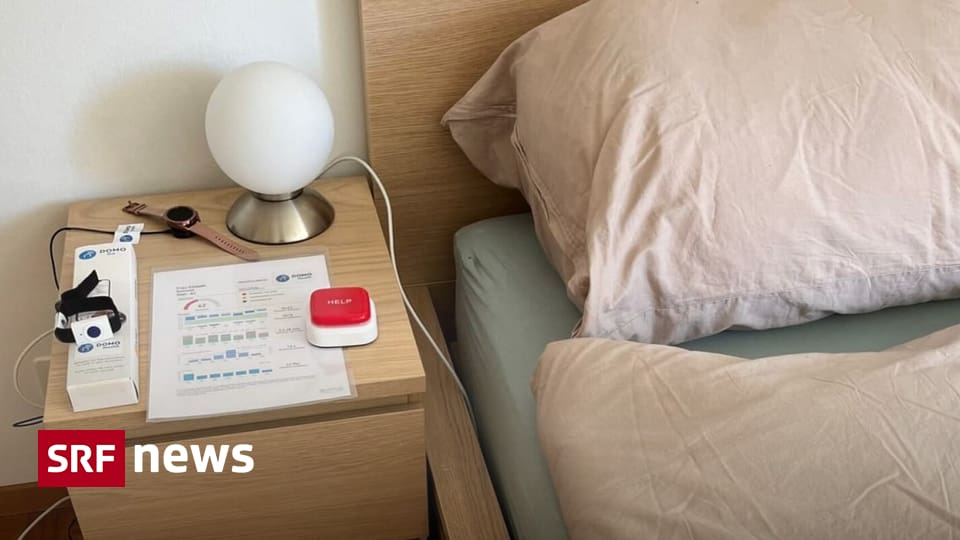Published
Hard numbersThis is actually how high immigration is in the UK
The brutal riots in the United Kingdom after the Southport knife attack are also seen as a protest against high immigration. But how many have come to the country in recent years? An overview.

- Van
-
In 2023, the population of Great Britain increased by 685,000 people due to immigration.
-
Most regular immigrants come from former colonies.
-
The number of asylum seekers is significantly lower than that of regular migrants.
-
Asylum seekers are often housed in poorer areas in the north of England.
In the United Kingdom, net immigration has increased significantly since 2021. It is calculated from the number of immigrants minus the number of new arrivals. According to figures from the Office for National Statistics, the UK population increased by 685,000 people last year, a figure that could rise as a temporary figure. In 2022, 764,000 people were added. These numbers represent legal immigrants. In other words, people with work or student visas or those who came through their family, as well as temporarily admitted Ukrainians. Asylum seekers and refugees are not included.
The big increase after 2021 is that freedom for EU citizens fell earlier this year, but at the same time visa facilitation for third countries came into effect. Because the UK needs workers, especially highly skilled ones. Since then, the exodus of people from the EU, which began with the adoption of the Brexit referendum in 2016, has continued to increase, while immigration from third countries has increased sharply.
The resulting population growth has created problems for the housing market, public services and the integration of newcomers in some parts of the country. To reduce immigration, the Conservative government under Prime Minister Rishi Sunak (October 2022 to July 2024) tightened regulations on family, study and work visas until 2024. As a result, lower net migration is expected in the current year.
Emigration from former colonies
Statistics for the countries of origin of legal immigrants from non-EU countries are led by India and Nigeria, two former colonies of the United Kingdom. China is followed by other former British colonies Pakistan and Zimbabwe in third place. This creates a picture similar to that in France, where a large proportion of immigrants come from former colonies, particularly in Africa.
Distribution of Immigrants
The average proportion of non-native residents in England is 14 per cent of the total population. By comparison: in Switzerland the figure is 31 percent. In France it is 13 percent and in Germany 17 percent.
The distribution of these people in the country varies greatly. As expected, economic centers and university towns have the highest proportion of foreign-born. For example, Slough, with the largest share at 43 percent, is second only to London as the headquarters of multinationals such as Amazon, Nintendo and Mars. Cambridge and Oxford are the main university cities of the country. Leicester has for decades been home to a large South Asian community, similar to Luton, and thus the cities attract newcomers from these regions.
Asylum seekers from Afghanistan, Iran and South Asia
Although so far we have talked about migrants arriving in the UK with valid visas, it is worth looking at the number of asylum seekers and refugees. Basically, these numbers are significantly lower than the numbers for regular migration. In 2022, the proportion of asylum seekers in the UK’s non-born population was four per cent. Their share in the total population is 0.6 percent. In 2023, people from Afghanistan were the largest group of asylum seekers in the UK, with 9,307, followed by 7,397 from Iran. This was followed by people from South Asia.
Accumulation of asylum seekers in the north
Asylum seeker accommodation is very unevenly distributed across the UK. Southern England has very few asylum seekers – except in London – compared to the total population, with significantly higher numbers in poorer areas in the north of England. Because of the housing shortage in London and South East England, most asylum seekers are sent to places where accommodation and housing are cheap and often of poor quality. On the one hand, London wants to save money, and on the other, it deters asylum seekers.
It is also accepted that by housing asylum seekers in economically disadvantaged areas, anti-immigrant sentiment will spread among the local population. This trend has been further reinforced by the authoritarian policies of Conservative governments since 2010, which have led to massive cuts to social services and health care, which hit poorer areas in the north harder than the relatively richer south of England.
Subscribe to Knowledge Channel notifications in 20 minutes app. You will be informed about exciting research findings and discoveries, explanations of current events and news of interest from the wider world of science. You’ll get answers to everyday questions and tips for a better life.
Here’s how to do it: Install the latest version of the 20-minute app. In the cockpit at the top right (three lines with a circle), then tap “Notifications”. Select the topics you want and click “Next”. Now select the desired section and click “Next”. Under “Topics” you can now select “Knowledge”. Click “Confirm” and you’re in!
Are you stalking on WhatsApp for 20 minutes?
A news overview, surprising stories and breaking news in the morning and at the end of the day: Subscribe to the 20-minute WhatsApp channel and get regular updates with our best news straight to your cell phone.

“Wannabe pop culture fanatic. Zombie advocate. Entrepreneur. Internet evangelist. Alcohol fanatic. Typical travel buff.”





More Stories
Choosing the Right Quality Management Software for Your Industry
If guests bring items: Can shower gel be packed from the hotel?
Digital Technologies for the Elderly: Increasing Aging at Home – News